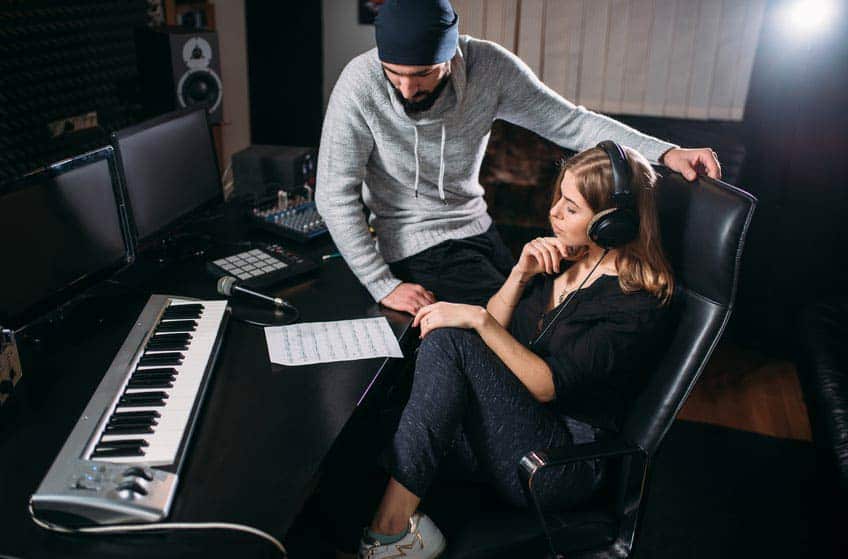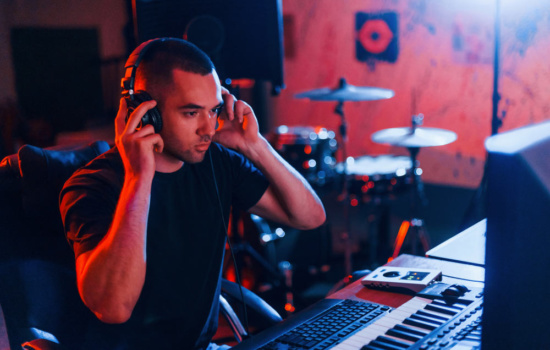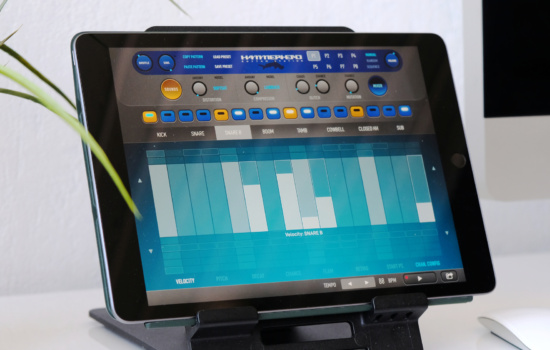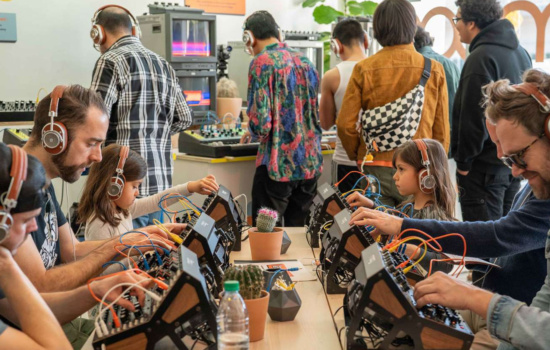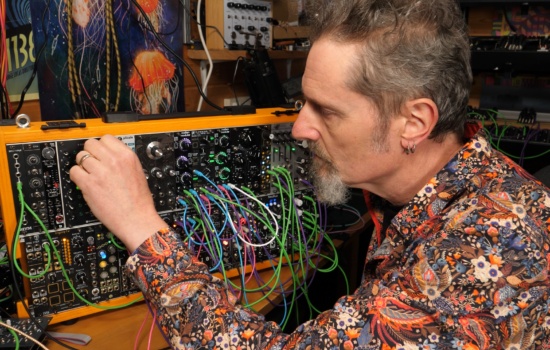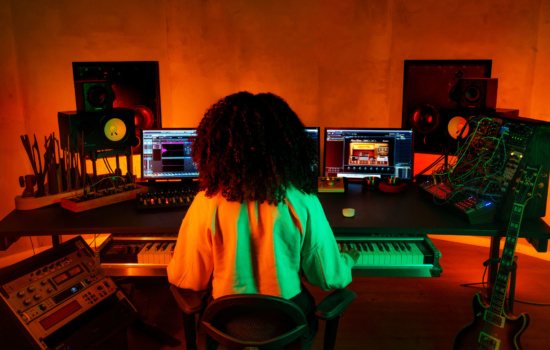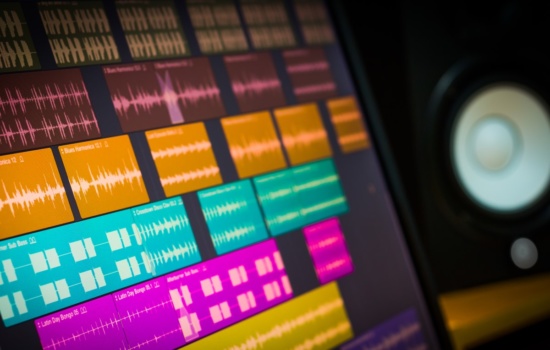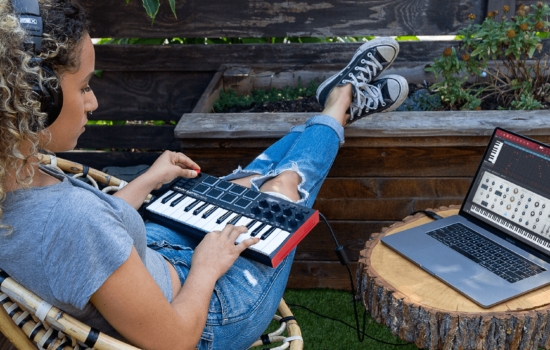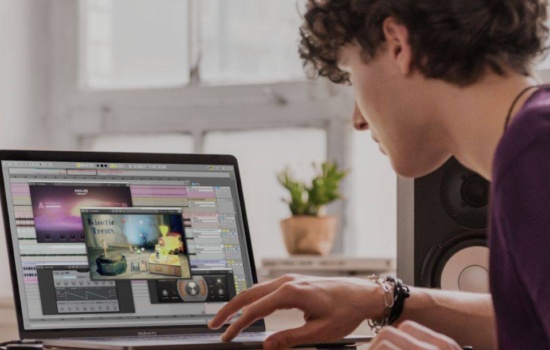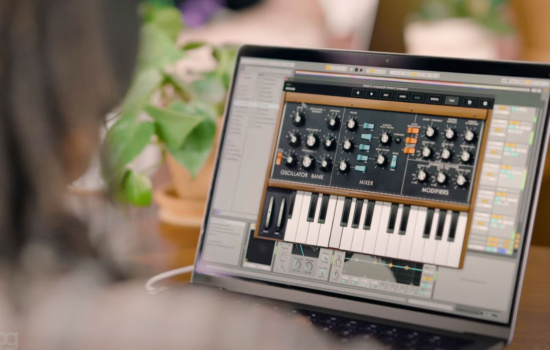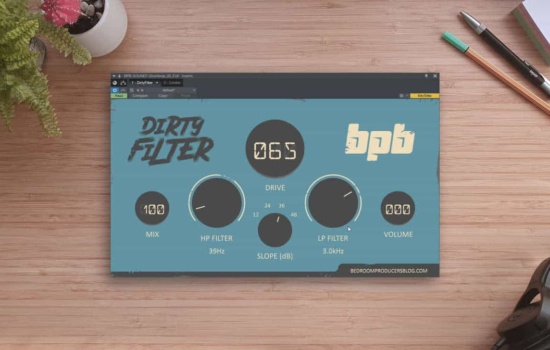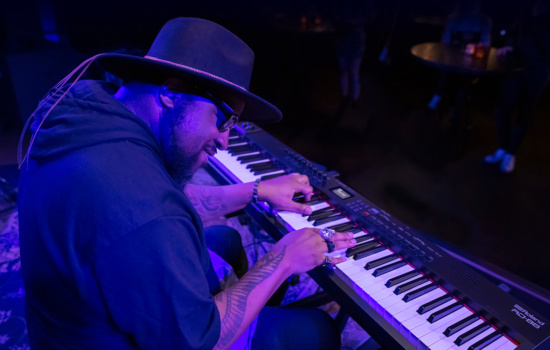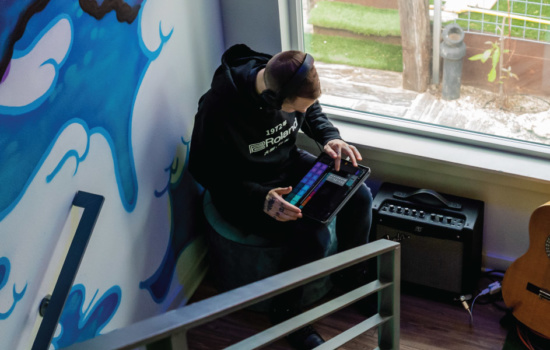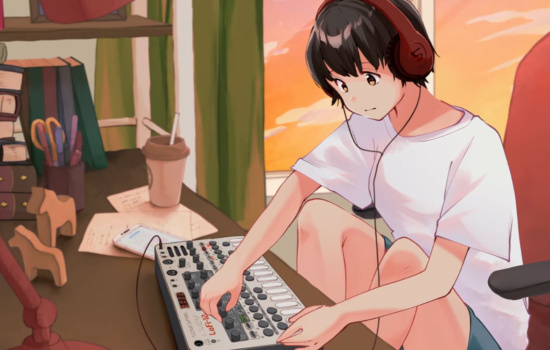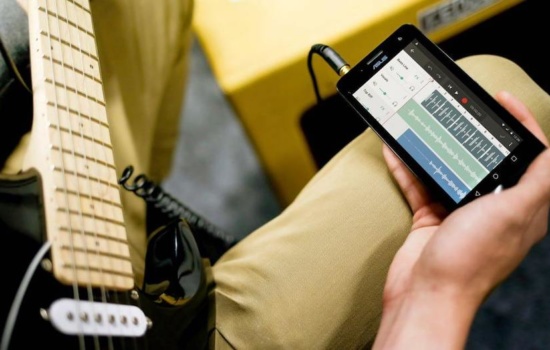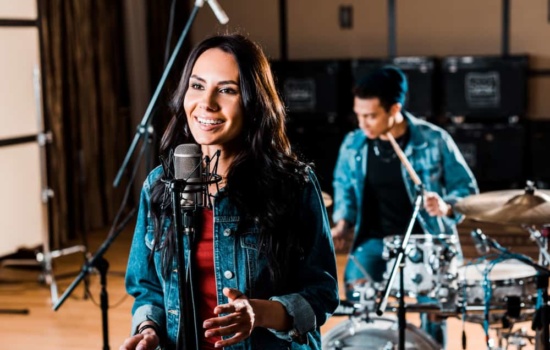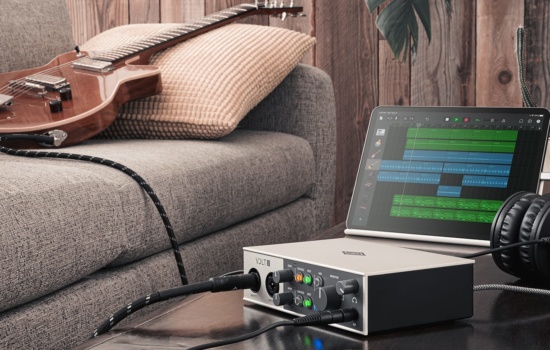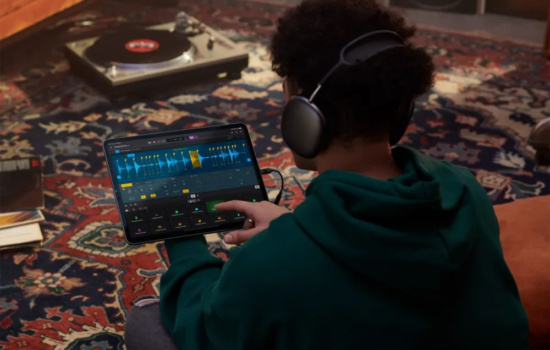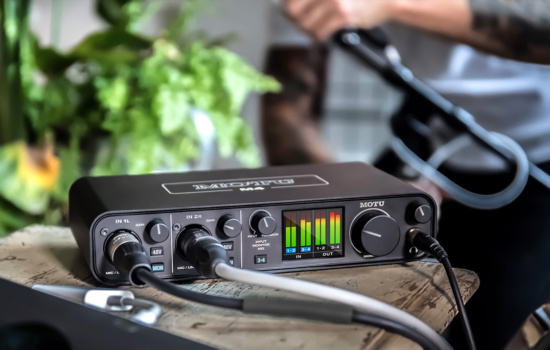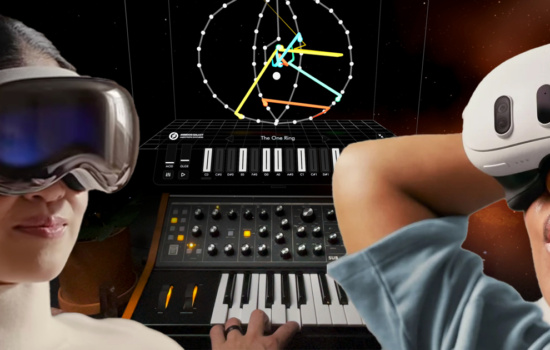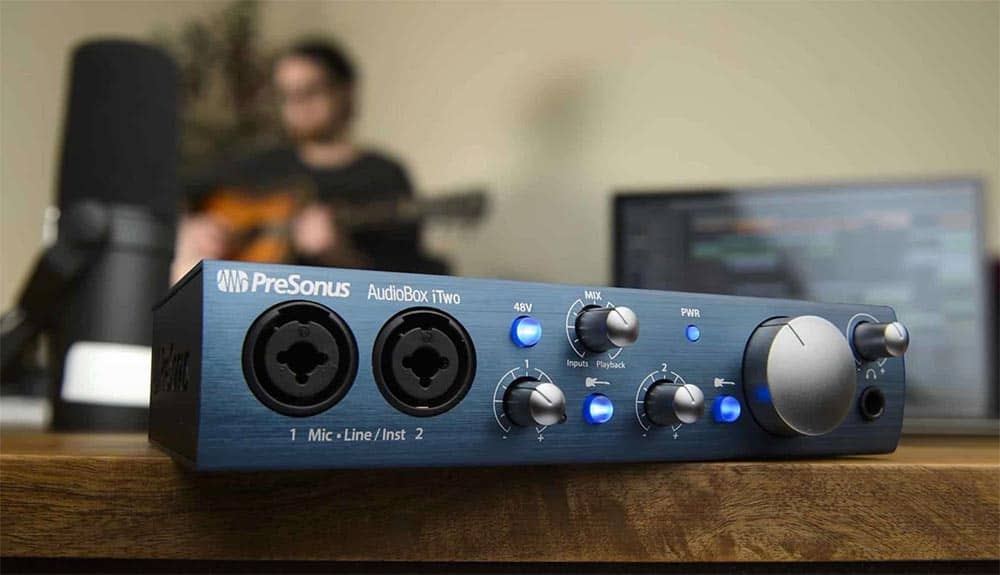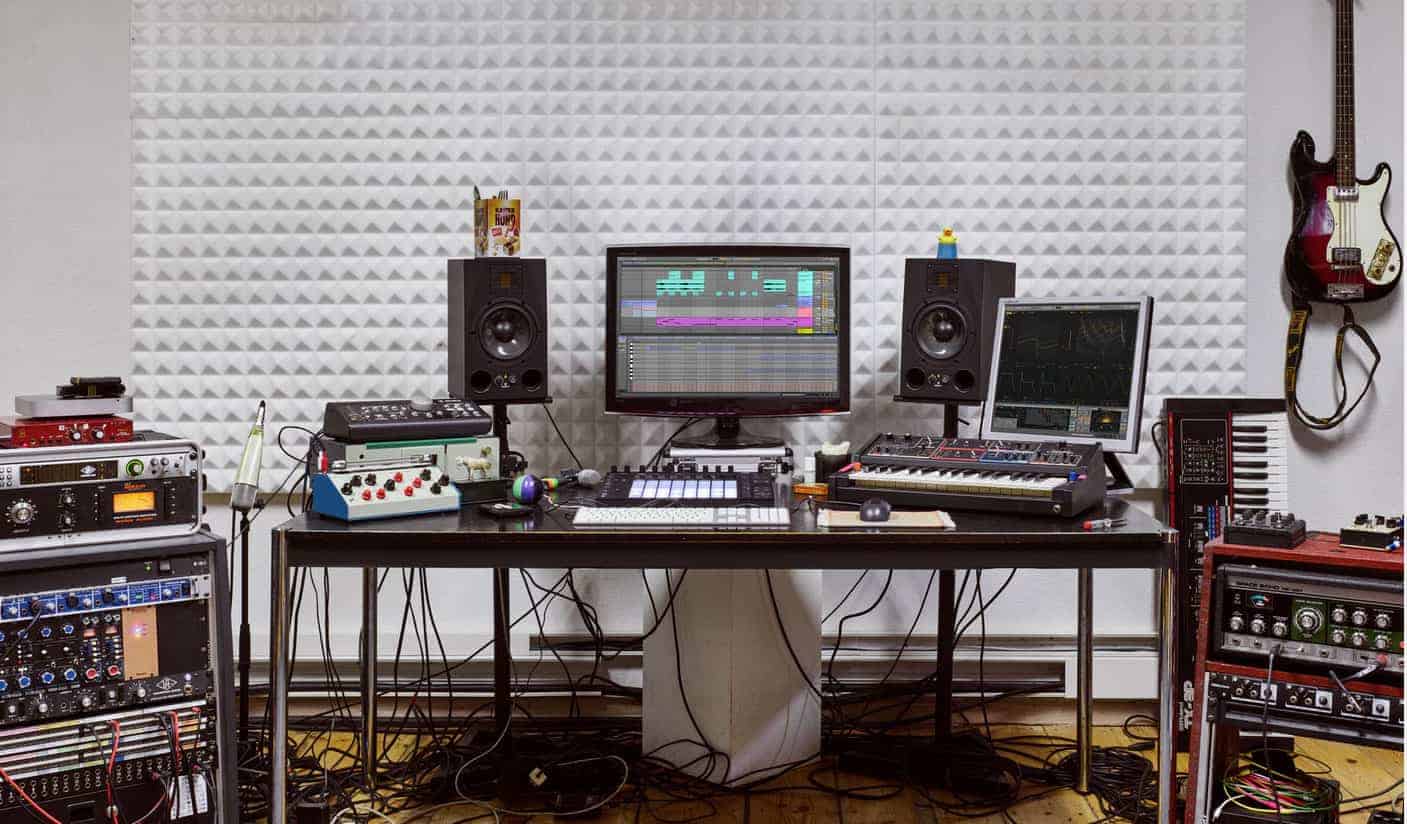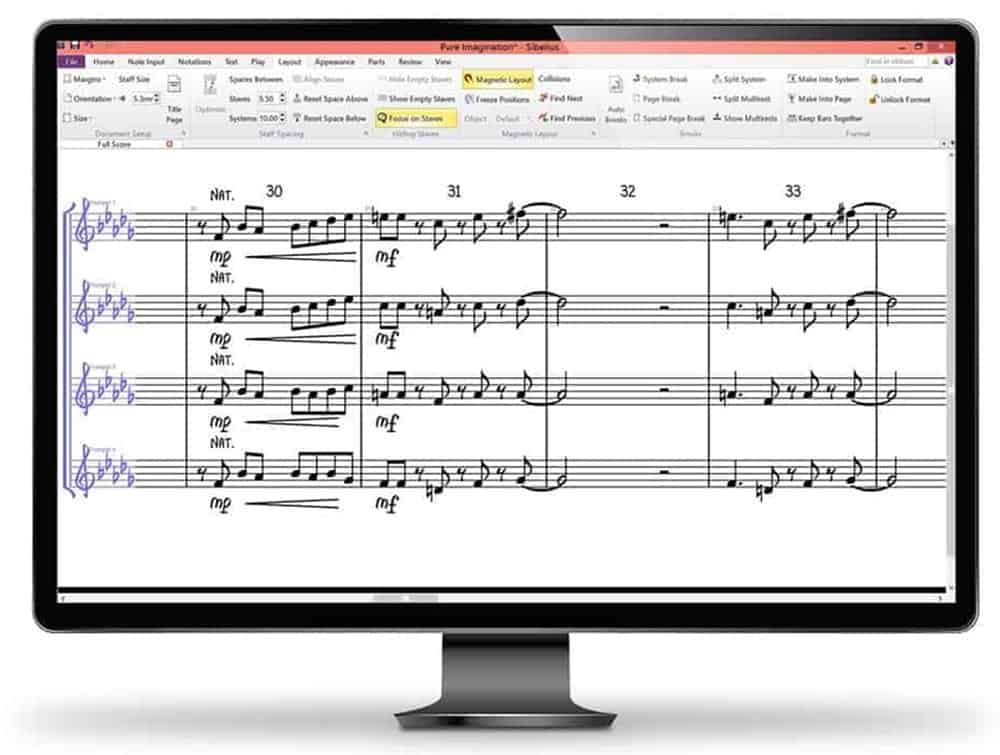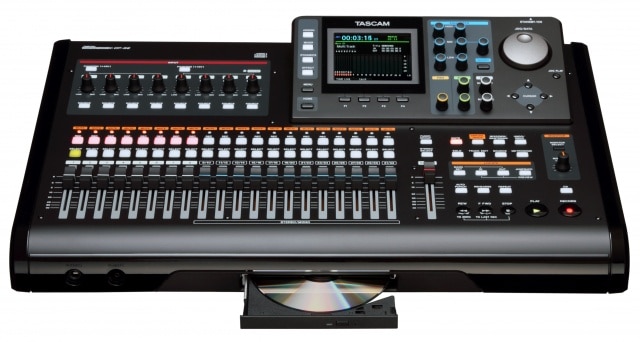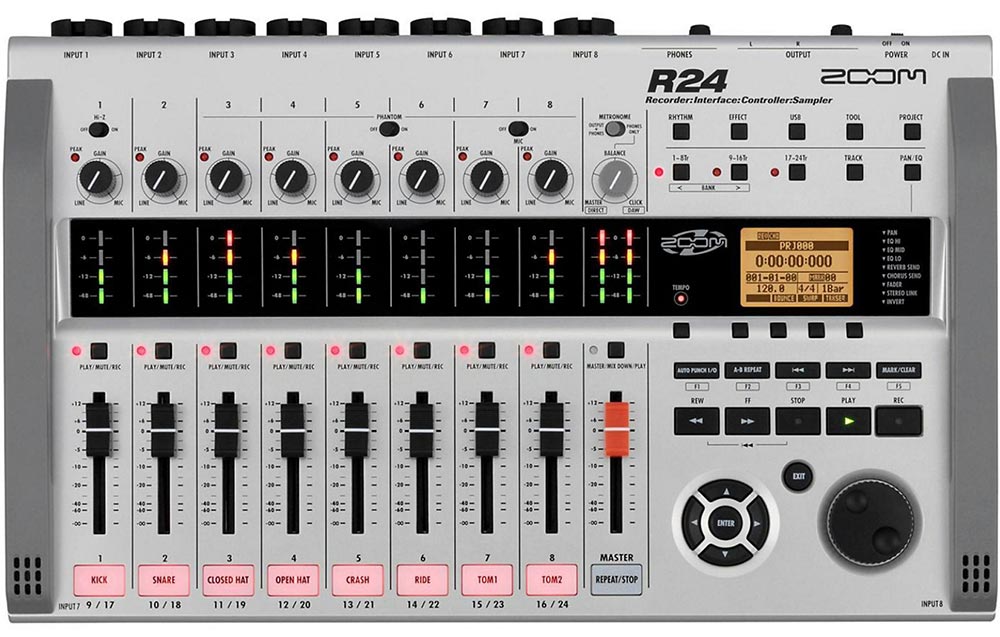Let’s start with the most generic, catch-all, can’t-go-far-wrong, home studio for dummies. The assumption is you want to record your voice and maybe a guitar and mix it with software drums and other virtual instruments. This is where a computer, some software and a couple of bits of hardware really do the job.
Start with the computer. It can be a Mac or PC, desktop or laptop, or even an iPad at a stretch. If you already have one, then it will probably do for a start. Music production is potentially one of the most intensive tasks your computer will ever do so it might be worth getting one dedicated to the job (check out our article on the best computers for music production).
Next, you’ll need some recording and music production software. There’s plenty to suit all needs and all budgets. For our basic home studio we want something that’s a good all-rounder, can record, and comes with instruments and sounds. For this you are probably looking at Steinberg’s Cubase, Apple’s GarageBand or PreSonus Studio One.
Cubase and Studio One both have entry-level and professional versions, depending on your budget and level of experience. One recent development on Windows is Cakewalk (the makers of professional DAW software Sonar that went bust) has been picked up by a company called BandLab who has released the full version of Sonar for free.
Along with the software, you’ll need some hardware for recording and listening. This is provided in the shape of an audio interface. It can be as simple as your computer’s built-in soundcard but that’s not going to give you great recording quality or ease of use.
It’s vital to invest in a decent audio interface which will give you proper connections for your microphone, guitar and speakers. These are commonly USB connected boxes but can also be Thunderbolt. They have gain knobs and headphone sockets, maybe some metering and will work very well with your software.
Microphones do not have to be expensive. In fact, for a home studio which is unlikely to have a completely silent recording environment, you may find simple, cheap dynamic microphones work better than professional condenser ones you always see in photos of Singers doing takes. Even so, your audio interface should be able to provide the right connections and powering for your choice of microphone.
Leaving room for speakers or (studio monitors) is also important although not initially vital. You can get by with a decent pair of headphones. But once you get to the mixing stage you may find a good pair of monitors will bring your music to life and cut down on the ear fatigue.
Lastly, if you are wanting to use virtual instruments then a MIDI/USB controller keyboard will let you play those computer-based sounds. This highlights another reason for the audio interface as they will provide the fastest “real-time” response when generating sound from virtual instruments.
What you won’t need is a mixer because unless you have lots of external sound sources to mix together then that’ll be done inside the computer.
With a computer, some software, an audio interface, keyboard, microphone and a pair of headphones I believe you can call that a pretty neat little home studio. There are some useful bundles around which give you the software, interface and microphone in one box. This can be a great place to start.
Microphones do not have to be expensive. In fact, for a home studio which is unlikely to have a completely silent recording environment, you may find simple, cheap dynamic microphones work better than professional condenser ones you always see in photos of singers doing takes.
